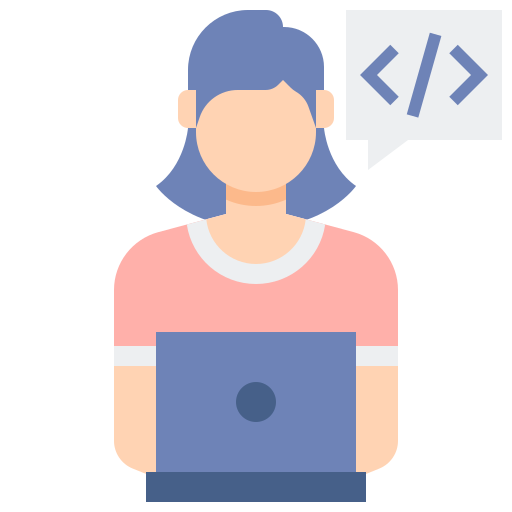Path picker: fastest, cheapest, and safest routes in 2025#
If you’re comparing routes for how to become a software engineer, weigh them on three axes: time to first job, total cost, and risk.
Degree path (safest): high credibility and broader options (including research and some specialized roles). Expensive and slow, but powerful for visas, relocation, or companies with strict degree screens.
Bootcamp path (fastest): 12–16 weeks of high-intensity training, usually targeted at web development. Strong fit if you can study full-time and build 2–3 production-quality projects. You’ll still need portfolio polish and interview prep.
Self-taught path (cheapest): flexible and sustainable for career changers. Works best with structure: a weekly study plan, milestones, and an accountability partner. Pair your curriculum with public projects and open-source contributions to create evidence.
Apprenticeship/returnship path (emerging): paid learning-on-the-job programs from employers. Great for non-traditional backgrounds. Expect assessments plus a cohort experience.
Tip: pick one route, but borrow strengths from the others. For example, a self-taught learner can mimic bootcamp structure and pursue an apprenticeship.
Build a portfolio that hires you (2–3 anchor projects)#
Hiring teams want to see proof, not just promise. Create 2–3 “anchor” projects that demonstrate how to become a software engineer who ships:
-
One user-facing app: a full-stack web or mobile app with auth, CRUD, search, and payments or real-time features.
-
One data/infra piece: a data pipeline, ETL job, or cloud-hosted service with observability.
-
One team-style project: contribute meaningful PRs to an open-source repo (issues, tests, docs, features).
Each anchor should include:
-
Live deployment with a short demo video.
-
README with problem statement, architecture diagram, tradeoffs, and future work.
-
Automated tests and CI; basic telemetry (logs/metrics).
-
Issues board showing shipped milestones.
This portfolio structure shows depth, breadth, and your ability to own the lifecycle end-to-end.
Step 3: Get real-world experience#
Employers generally want to hire software engineers who have proven experience in the field, so this step might seem to present a problem. How do you get your first real-world exposure if you need experience to get a job? Recent hiring freezes in the tech industry could further complicate this situation for those starting out in 2025.
Fortunately, there are ways to gain valuable practice that will help you stand out to employers and get that first software engineering job.
- Complete an internship
- Participate in hackathons
- Complete personal coding projects, including work on open-source projects
If you’re working toward a degree or bootcamp certificate, your program should be able to help you find these kinds of opportunities. If you’re studying on your own, you will have to be proactive. Start learning about:
Be sure to preserve your work on the real-world projects you complete. This will become especially important down the road as you prepare to look for jobs!
Time estimate: Plan on spending at least a few months getting this experience, though some of these pursuits could happen alongside your education.
LinkedIn, resume, and referrals: Make the market come to you#
Resume (ATS-ready):
-
One page, results-first bullets (action verb + what you built + impact).
-
Skills section mapped to job descriptions; avoid dense blocks of buzzwords.
-
Link to portfolio, GitHub, and one flagship project video.
LinkedIn:
-
Headline that states your target role and stack.
-
About section with a 3–4 sentence narrative, then a bulleted “Core skills.”
-
Project entries under Experience with links and a one-line impact.
Referrals:
-
Short outreach works best: who you are, why them, and a single ask.
-
Attach your flagship project link; make it easy for them to say yes.
-
Track conversations; send concise updates, not spam.
This skills-first packaging helps when you describe how to become a software engineer without a traditional background.
